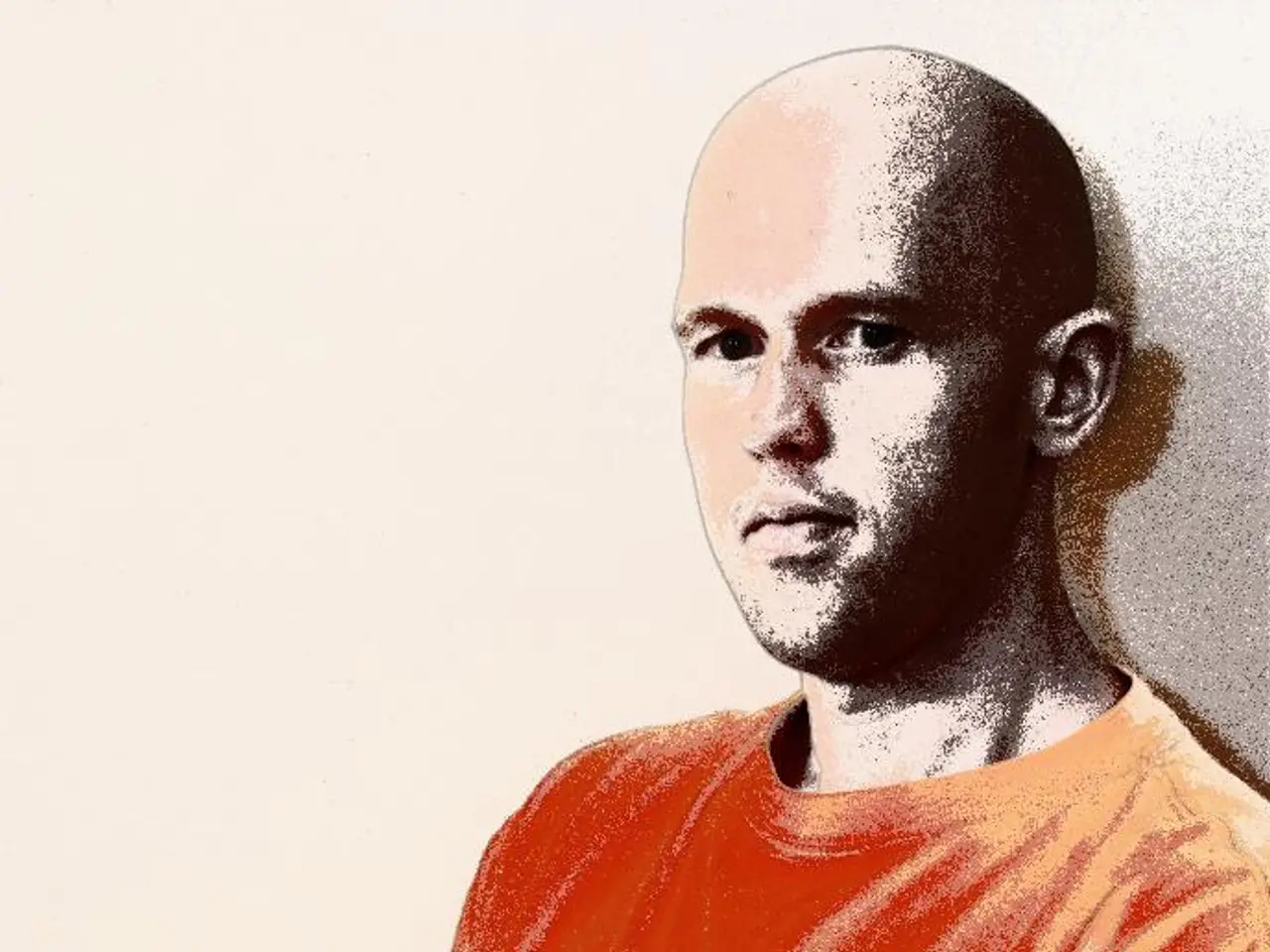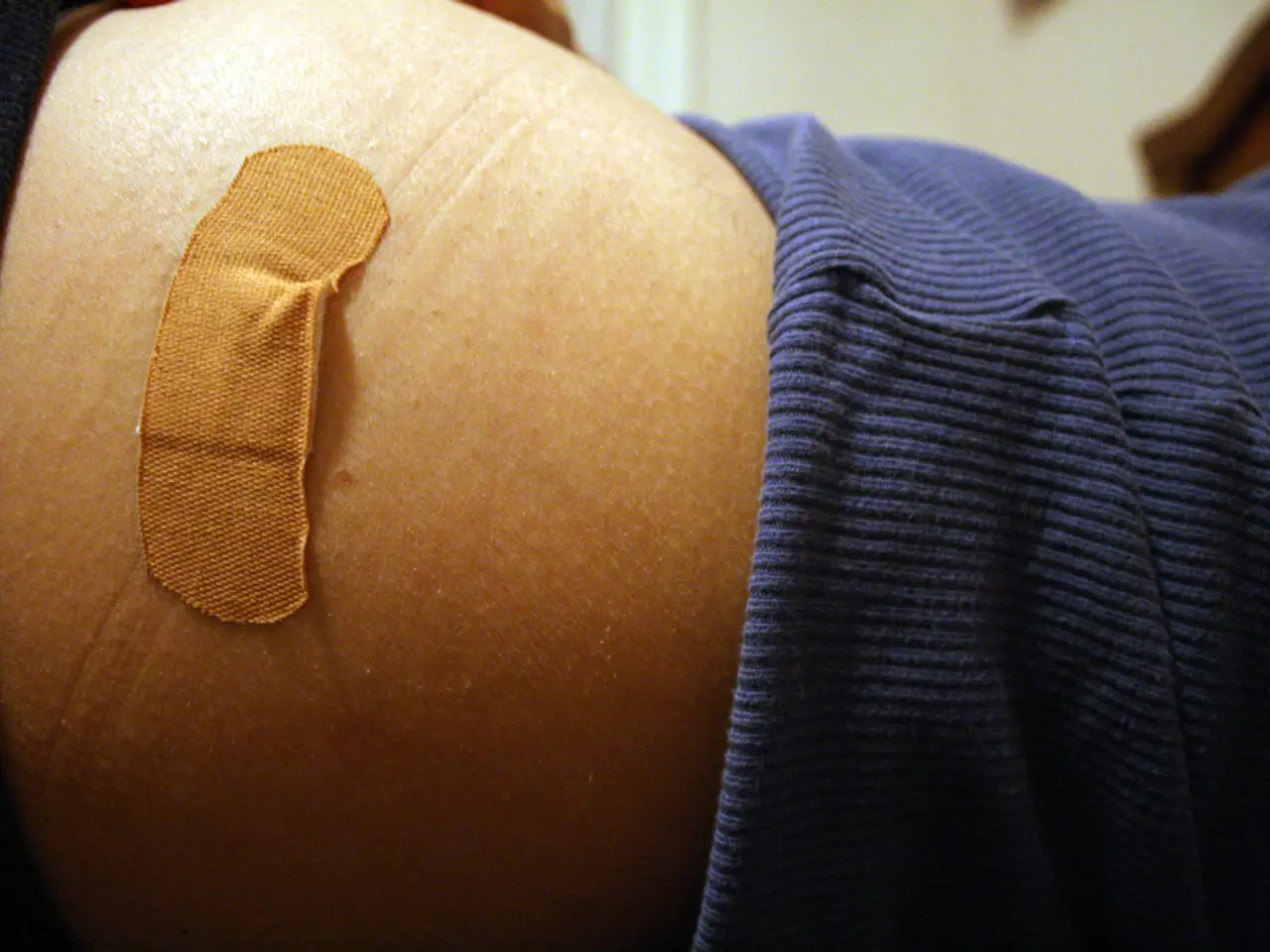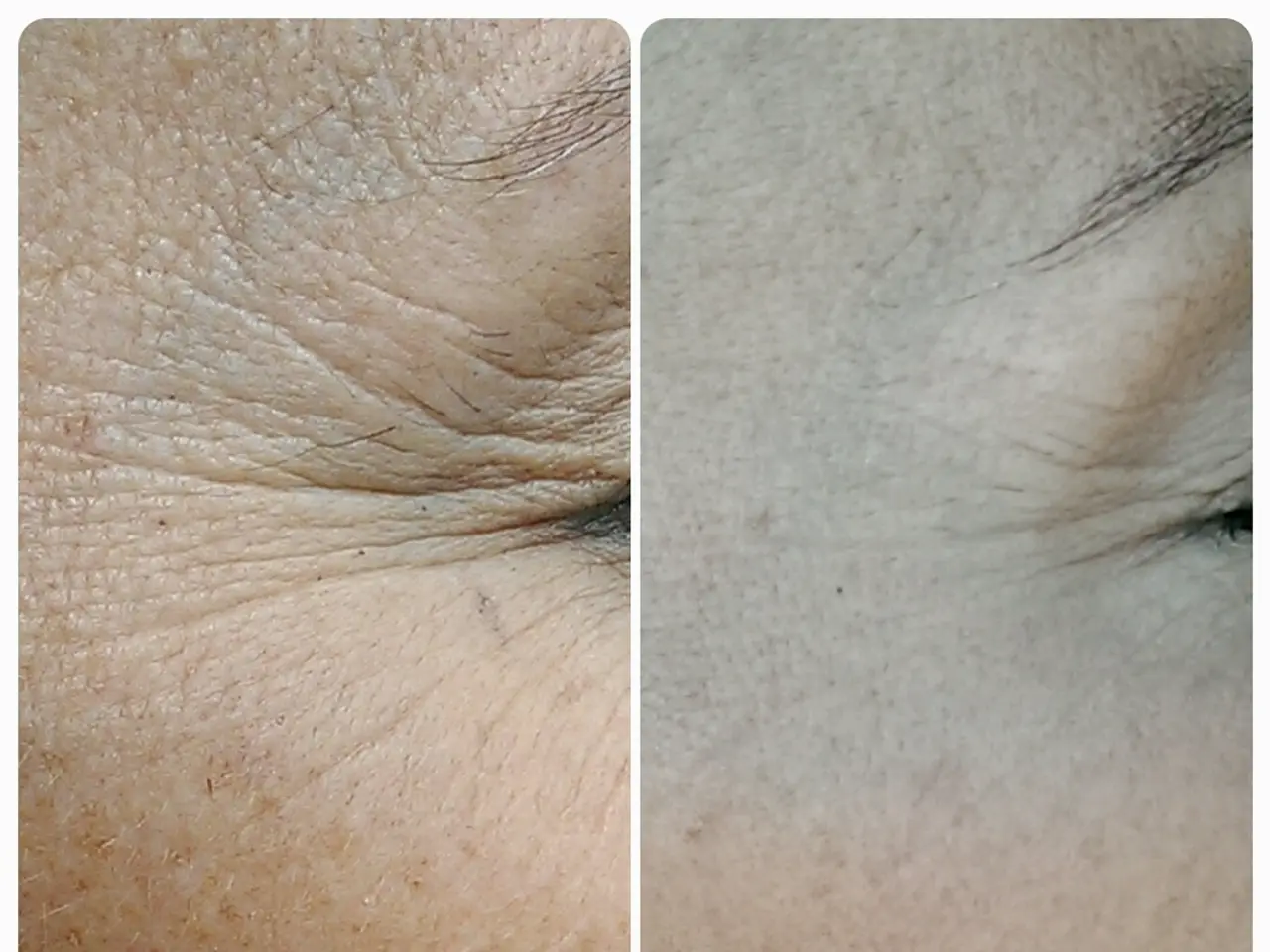Comprehensive Guide on Hair Transplantation Techniques
In the realm of hair restoration, three primary methods stand out: Follicular Unit Transplantation (FUT), Follicular Unit Extraction (FUE), and the Advanced Follicular Unit Extraction Method (Direct Hair Transfer or DHT). Each technique offers distinct advantages in scarring, recovery, graft quantity, and the naturalness of results.
Follicular Unit Transplantation (FUT)
FUT involves the removal of a strip of scalp from the donor area, which is then dissected into individual follicular units for transplantation. This method leaves a linear scar, but it allows for the harvesting of a large number of grafts in one session, making it more cost-effective for extensive hair loss. Recovery takes longer due to stitches, and patients may experience soreness or tightness in the donor area for up to two to three weeks [1][3][5].
Follicular Unit Extraction (FUE)
FUE extracts individual follicular units directly from the donor area via tiny punches. This results in tiny dot-like scars that are almost invisible, enabling quicker healing—often under 7 days—and no stitches are required. However, it typically yields fewer grafts per session and is more expensive per graft [1][2][3][4][5].
Advanced Follicular Unit Extraction Method (Direct Hair Transfer or DHT)
DHT refines the FUE technique by manually extracting individual follicles without motorized punches and implanting them with a patented device that controls angle, depth, and direction, resulting in more natural hair growth patterns. It also reduces the time grafts spend outside the body and allows for harvesting from various body areas beyond the scalp (e.g., beard, chest). This leads to a more natural appearance, less trauma, and 100% natural results, improving on the standard FUE method [2].
| Procedure | Donor Extraction | Scarring | Recovery | Graft Numbers | Cost | Naturalness & Technique | Ideal for | |-----------|------------------|----------|----------|---------------|------|------------------------|------------| | FUT | Strip of scalp removed and dissected | Linear scar, hidden under hair | Longer (2-3 weeks), stitches required | Larger sessions | More affordable per graft | Good density, but linear scar | Patients needing many grafts at lower cost, medium/long hair | | FUE | Individual follicular units punched out | Tiny dot scars, barely visible | Quick (< 7 days), no stitches | Smaller sessions | Higher per graft cost | Less linear scarring, quicker healing | Patients prioritizing minimal scarring, faster recovery, short hair | | Advanced FUE (DHT) | Manual individual follicle extraction, implant with precise control | Minimal to no visible scarring | Very quick, grafts spend less out-of-body time | Similar to FUE | Generally higher | Optimized natural growth angle/depth, multiple body donor sites | Patients seeking the most natural look, minimal trauma, diverse donor areas |
At RG Aesthetics, board-certified surgeon Dr Rajat Gupta offers hair transplant procedures with minimal scarring and a commitment to producing entirely natural-looking results. With 15 years of experience in aesthetic surgeries, Dr Gupta provides a range of options tailored to each patient's unique needs [6][7]. To book an appointment with Dr Rajat Gupta, call 91-9251711711 or email contact@our website.
Patients can resume daily activities from the day after surgery but must avoid sudden movements and lifting weights for at least two weeks. Several sessions may be required to achieve satisfactory results, with up to 2 years before the final results are visible. Grafts are placed about 1/8 of an inch apart, and in later sessions with additional grafts to ensure natural-looking results [4]. The new hair begins regrowing after 1-2 months, with an average growth rate of 1cm per month [8].
[1] https://www.ncbi.nlm.nih.gov/pmc/articles/PMC5808771/ [2] https://www.ncbi.nlm.nih.gov/pmc/articles/PMC7350853/ [3] https://www.ncbi.nlm.nih.gov/pmc/articles/PMC6325443/ [4] https://www.ncbi.nlm.nih.gov/pmc/articles/PMC7280526/ [5] https://www.ncbi.nlm.nih.gov/pmc/articles/PMC6800071/ [6] https://www.rg-aesthetics.com/about-us/ [7] https://www.rg-aesthetics.com/doctor-rajat-gupta/ [8] https://www.ncbi.nlm.nih.gov/pmc/articles/PMC6571928/
- When exploring other cosmetic surgeries, patients might find value in reading plastic surgery reviews for insights into aesthetic outcomes.
- In the health and wellness industry, it's important to be aware of potential medical-conditions that may affect recovery or the success of hair transplant procedures or other cosmetic treatments.
- As the science of cosmetic surgery progresses, innovative methods like the Advanced Follicular Unit Extraction (Direct Hair Transfer or DHT) demonstrate improvements in naturalness, trauma reduction, and donor site versatility compared to traditional Follicular Unit Transplantation (FUT) and Follicular Unit Extraction (FUE).




